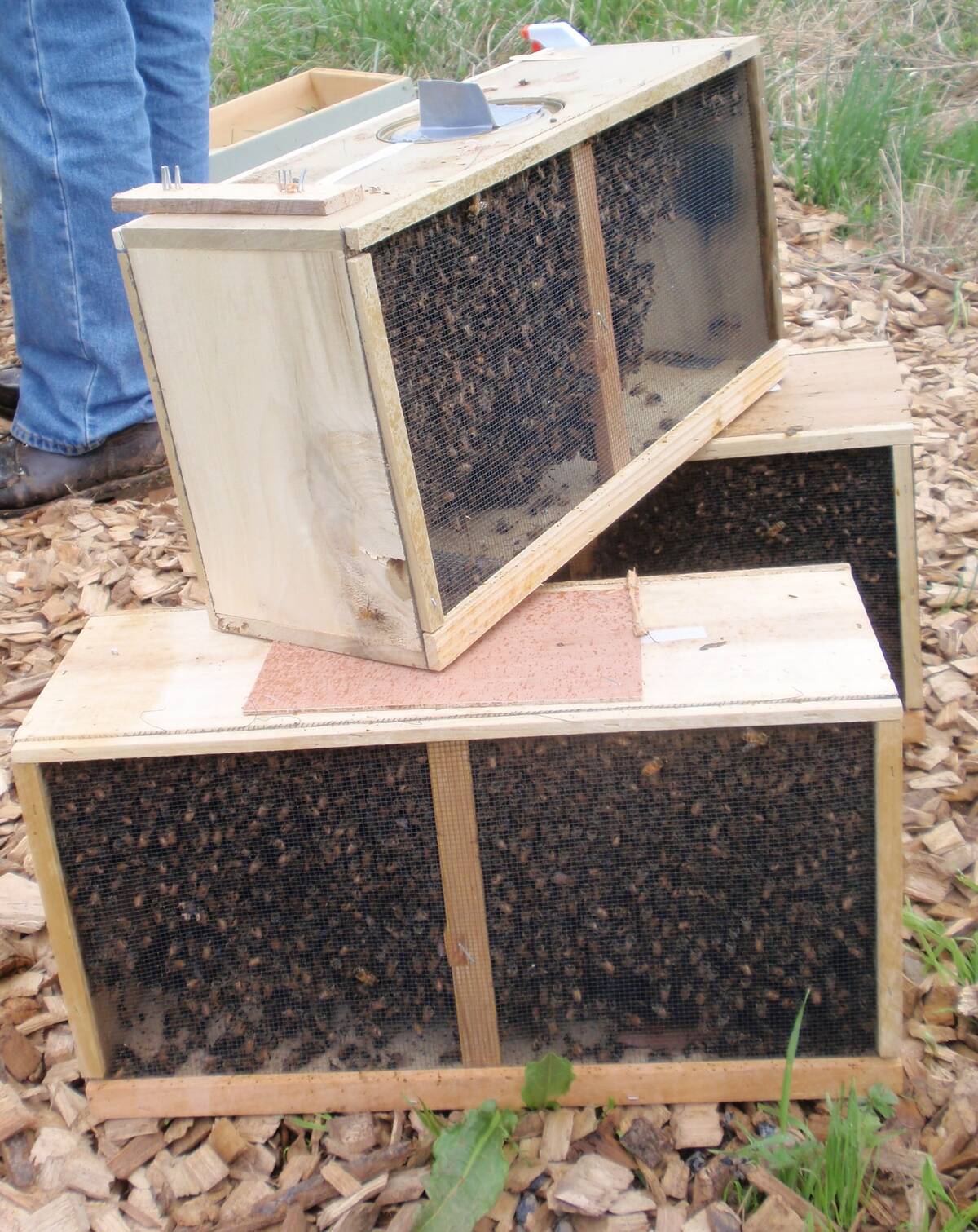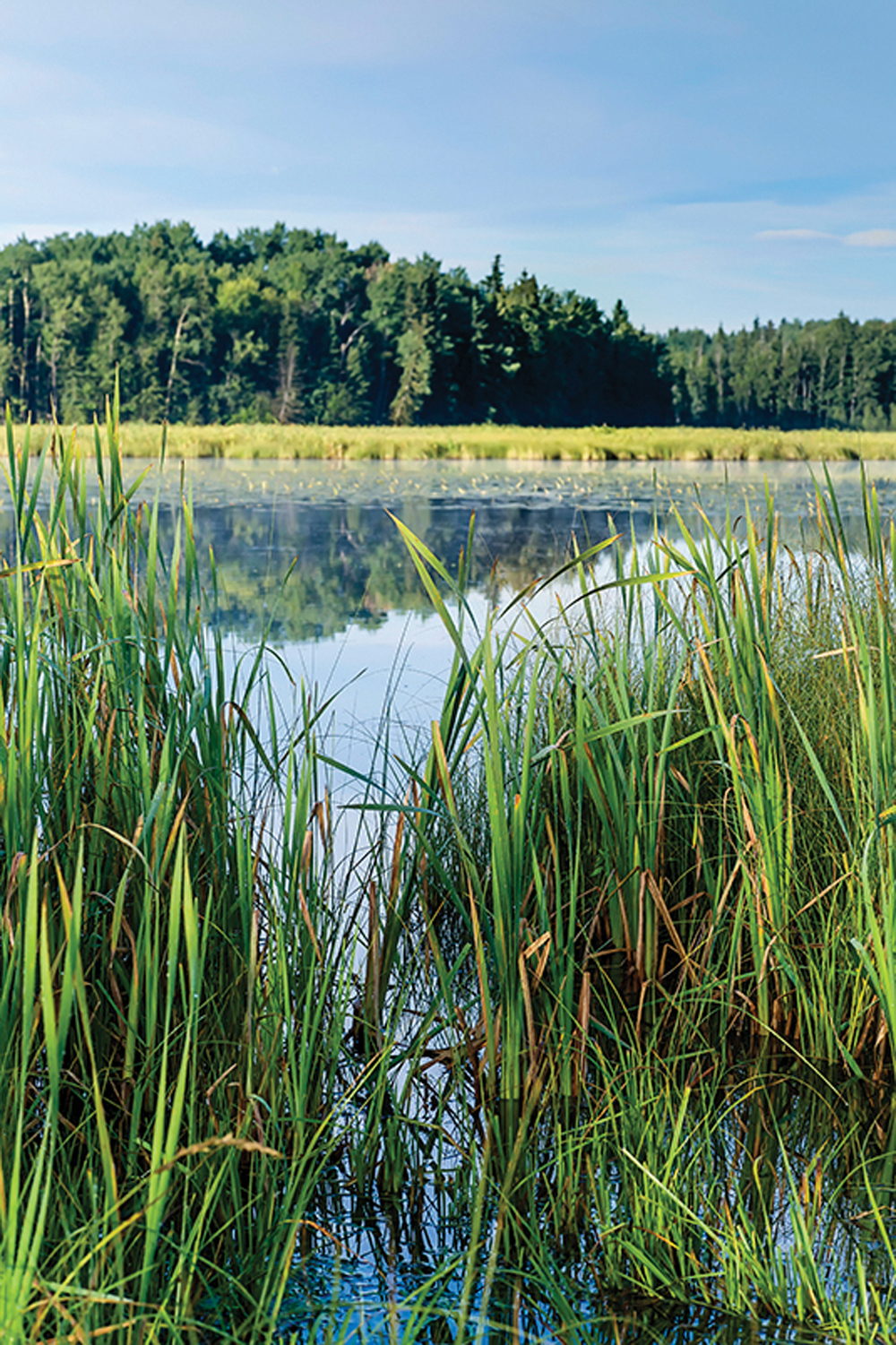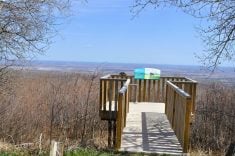Natural infrastructure can help bridge an ever-growing investment deficit in crumbling water infrastructure, according to a new report from the International Institute for Sustainable Development.
“It’s less expensive, easier to maintain and comes with many other benefits to communities,” said Dimple Roy, director of water management, in a May 10 news release.
WHY IT MATTERS: A recent report argues that nature’s water management tools can be used to support their usually much more expensive brick and mortar counterparts.
Read Also

Canadian beekeepers call for regulatory accountability
Beekeepers say the Canadian Food Inspection Agency should restore packaged U.S. bee shipments, claiming the agency isn’t following evidence.
Natural infrastructure involves turning to nature to meet infrastructure needs. Examples include conserved or restored wetlands for flood mitigation or floating rafts of water plants meant to draw nutrients out of wastewater.
These projects can have additional benefits, according to proponents, like increased biodiversity or watershed health maintenance.
The institute focused on the Prairie provinces as regions where water infrastructure is under threat. Depreciation has surpassed investments by almost $3 billion between 2017 and 2021, it said.
“The impacts of climate change will further strain physical infrastructure systems, in part because investments in infrastructure often fail to account for forecasted climate risks,” the report read.
The institute said natural infrastructure could help bridge that investment gap by providing essential water-related services at a fraction of the cost of traditional ‘grey infrastructure,’ which includes projects such as dams, water treatment plants or pipelines.
“We’re not saying that grey infrastructure shouldn’t be around. But we’re saying that, in a new era of climate impacts, a widening infrastructure gap, we’re just not keeping up,” Roy said in an interview with the Co-operator.
Natural infrastructure could take strain off existing infrastructure, Roy added. For example, a water retention project using natural infrastructure could reduce pressure on municipal culverts.
The report pointed to what the institute defines as effective natural infrastructure. Those projects included Winnipeg’s urban tree canopy, which the report says covers about 17 per cent of the city and provides more than $3.2 million worth of storm water management by intercepting runoff.
Pelly’s Lake, an engineered wetland in southern Manitoba, provides an estimated $2 million annually in clean water and flood protection benefits.
The village of Dunnottar on the shores of Lake Winnipeg has five floating treatment wetlands, which are rafts containing aquatic vegetation that draw excess nutrients and contaminants from the water.
Manitoba’s watershed districts also tend to use small amounts of manufactured infrastructure to complement natural structures, Roy said.
However, much natural infrastructure is small.
“What we’d like to see are these solutions scaled up,” Roy said.
Professional and engineering practices for grey infrastructure are mainstream. The institute would like to see practices for natural infrastructure gain similar wide recognition, according to Roy.
The institute is in the middle of its five-year Natural Infrastructure for Water Solutions project to scale up natural infrastructure on the Prairies. This includes encouraging municipalities to adopt more nature-based infrastructure projects, enabling access to funding and pushing for these types of projects to be supported by all levels of government.
Roy pointed to the province’s GROW Trust as one way Manitoba is leading other Prairie provinces on the matter.
“We’ve seen some government initiative in our jurisdiction, and that’s going to be a bit of a best-practice example for the other jurisdictions that we’re talking about,” she said.
















